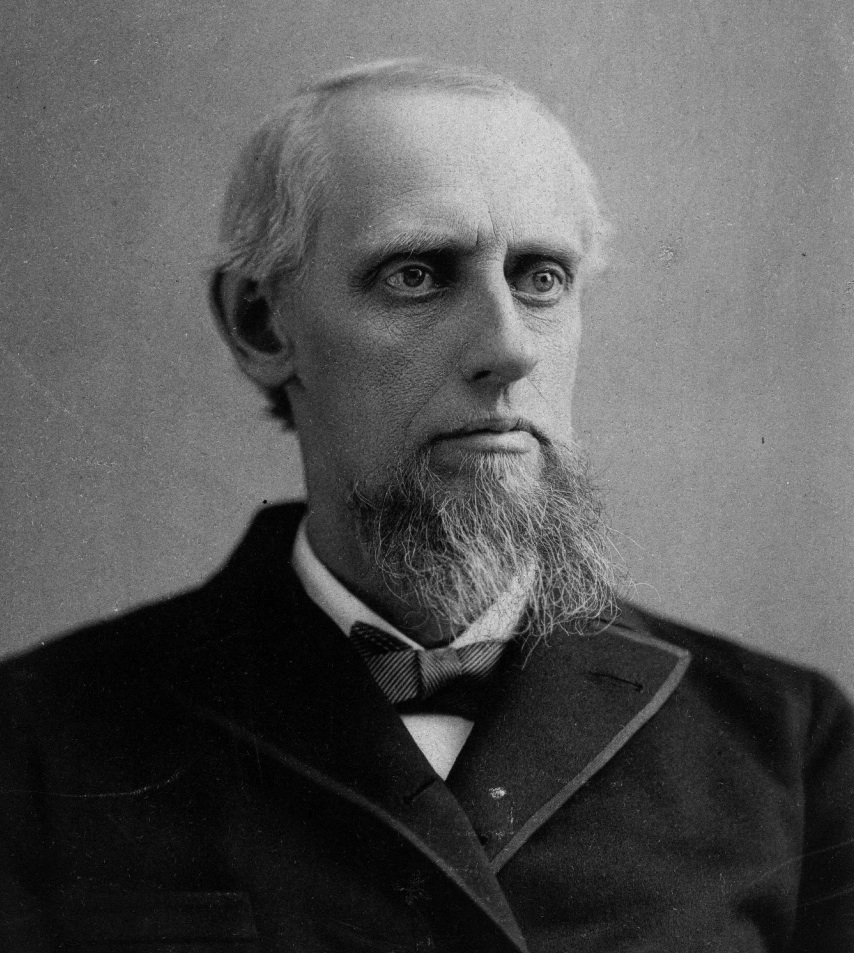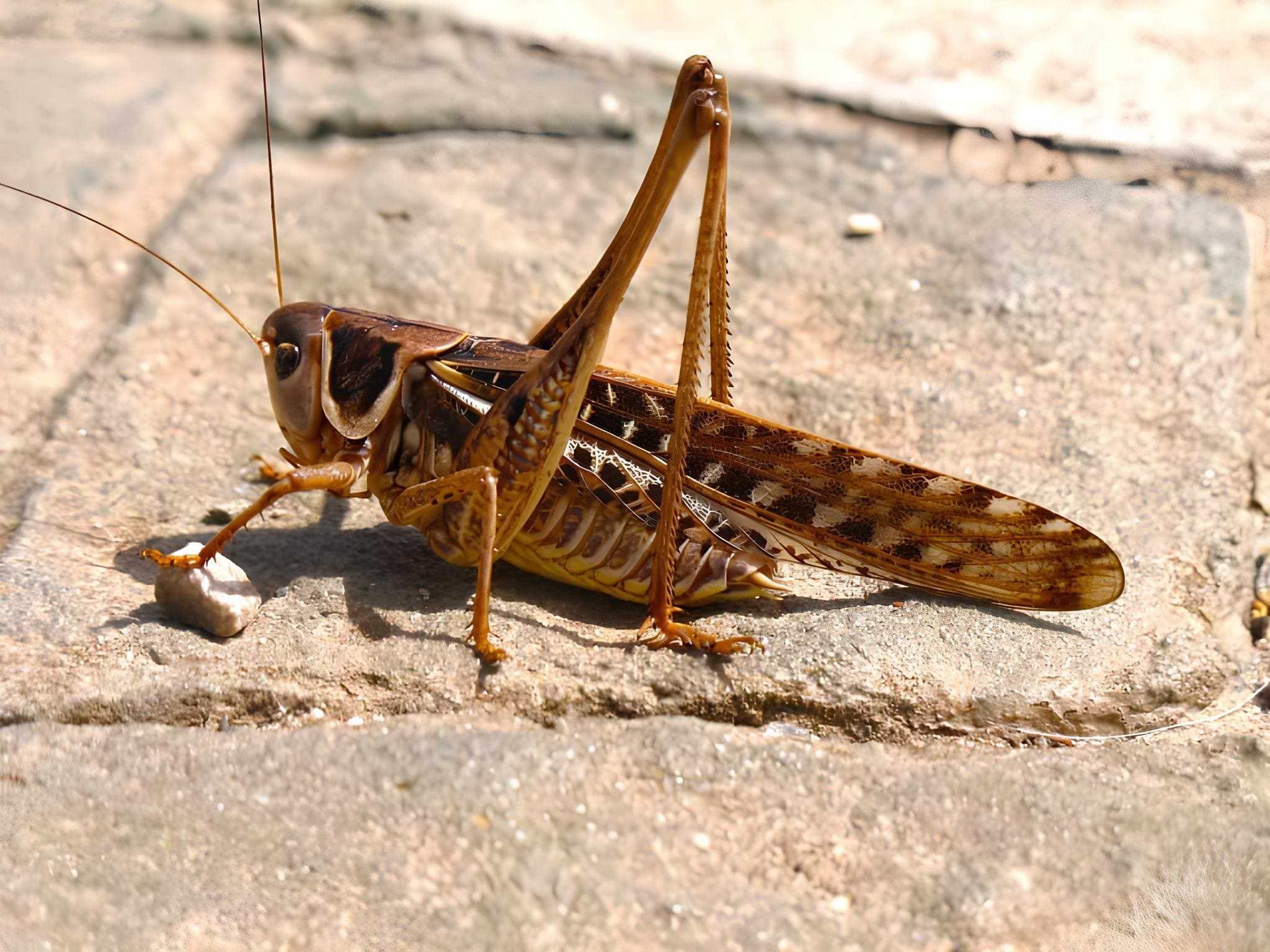Crickets, grasshoppers, and locusts create sounds by rubbing their hind legs against their wings or each other. Back in 1897, the American physicist Amos Emerson Dolbear established a correlation between the frequency of these chirps in crickets and the surrounding temperature:
The temperature in Fahrenheit can be determined using the formula 50 + (g – 40)/4, where g represents the count of chirps per minute. When converted to Celsius, this equation becomes T°C = 10 + (g – 40)/7.2. To simplify the counting process, a reference value can be applied over 10 seconds, yielding T°C = the number of chirps per 10 seconds multiplied by 0.83 + 4.44. For instance, if 33 chirps are counted in 10 seconds, the estimated temperature is approximately 32°C.
The Scientific Explanation of Dolbear’s Law
Dolbear’s Law stands as an observed phenomenon among specific insects, chiefly crickets, grasshoppers, and katydids, wherein the pace of their sound emissions correlates with the surrounding temperature. This correlation was initially quantified by the American physicist Amos Emerson Dolbear in 1897.
Arrhenius Equation
In the realm of physics, the Arrhenius equation establishes a fundamental principle: the pace of a chemical reaction is linked with the prevailing temperature of the surroundings. The mechanism responsible for the melodious chirps of crickets is intertwined with these very chemical reactions: as the temperature drops, their rhythm decelerates, leading to a reduction in the frequency of their chirps. This phenomenon arises from the fact that crickets, being cold-blooded creatures, lack the capacity to regulate their internal temperature, consequently impacting the pace of their muscle contractions. It’s important to note that while this formula provides a general framework, the chirping frequency’s specifics can fluctuate based on factors like the species and age of the cricket.
The foundation of Dolbear’s Law is the fact that these insects are ectothermic, which implies that the temperature of their surroundings has a significant impact on their internal warmth. This susceptibility to temperature extends to their metabolic functions and physical actions, encompassing the production of sound.
The underlying cause of this phenomenon is the fact that temperature controls an insect’s metabolic speed, which includes their capacity to start the movements necessary to produce sounds with their wings or legs. As the temperature escalates, the insect’s metabolic rate follows suit, thus subsequently impacting the tempo at which sounds are produced.
Amos Dolbear’s Discoveries

While Amos Dolbear gained widespread renown for his formulation concerning cricket chirps, his ingenuity extended to a plethora of other innovations. Notably, he can be credited as the progenitor of the inaugural telephone in 1865, which preceded Alexander Graham Bell’s patented version by 11 years. Regrettably, Dolbear accorded less diligence to bureaucratic procedures than his counterpart, ultimately forfeiting due recognition for his groundbreaking invention. Beyond this, Dolbear can also be hailed as the mastermind behind the kaleidoscope and an ingenious incandescent lighting setup. His contributions span beyond inventiveness, encompassing a multitude of scientific literary pieces and noteworthy insights.
Dolbear’s Law establishes a mathematical connection between the tempo of chirping (referred to as stridulation) in these insects and the temperature. The initial formula by Dolbear, as mentioned earlier, utilizes the count of chirps within a given span of time (typically per minute or every 10 seconds) to approximate the temperature. This formula encapsulates how an insect’s metabolic rate fluctuates with temperature alterations, consequently resulting in a foreseeable shift in its chirping pace.
It’s vital to acknowledge that while Dolbear’s Law can provide a broad temperature estimation grounded in chirping rates, it doesn’t consistently sustain absolute precision. Various elements, such as the individual insect’s health, its specific species, and other environmental factors, can influence the linkage between chirping pace and temperature. Nonetheless, Dolbear’s Law persists as an absorbing instance of the intricate interplay between living organisms and their surroundings.
References
- Dolbear, A. E. (1897). The Cricket as a Thermometer. The American Naturalist, 31(371), 970–971. https://doi.org/10.1086/276739
- Featured Image: Flickr.
